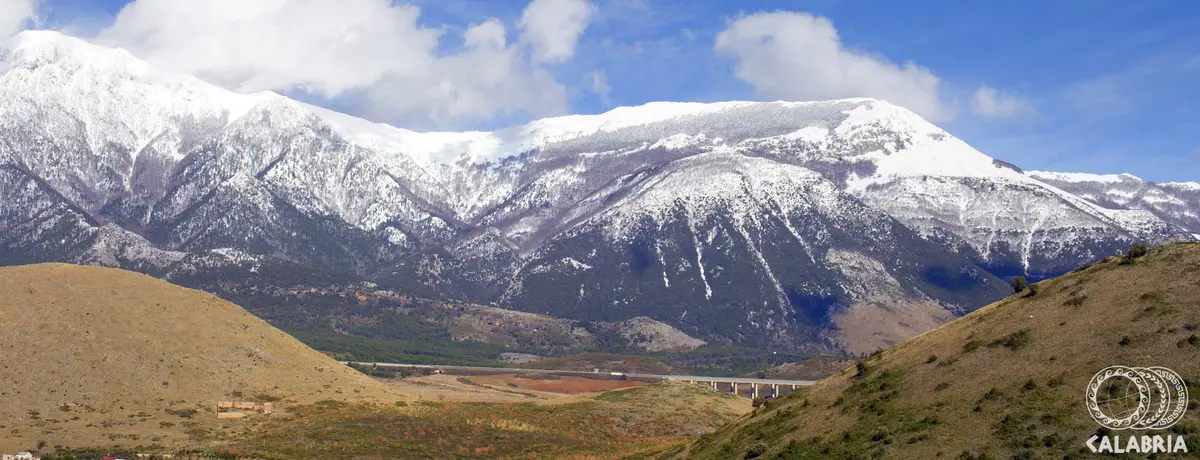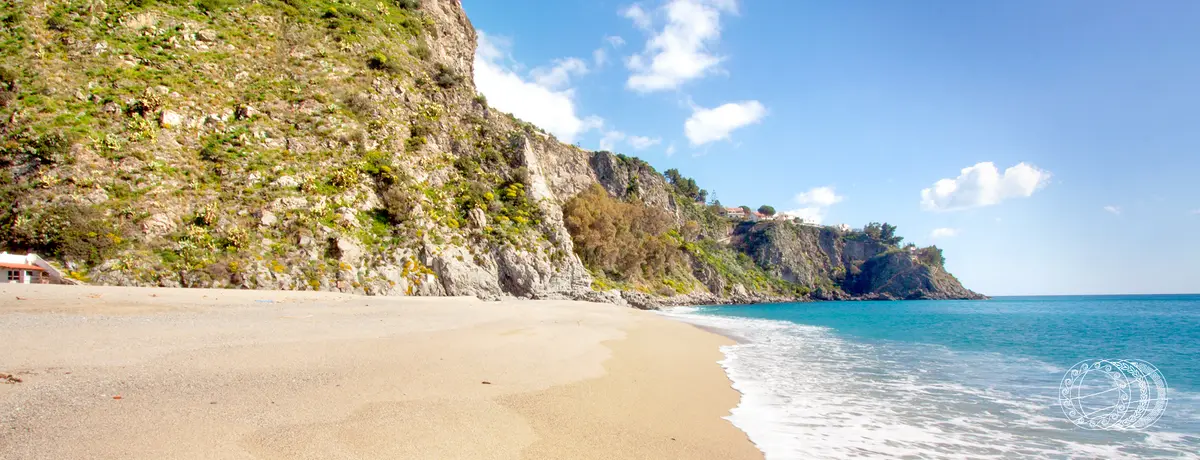The charm of the past and the beauty of nature

Landscape
Area Archeologica di Capo Colonna, Crotone - Regione Calabria
Travel information
Category
Landscape
Target
From Isola di Capo Rizzuto to Cosenza, between the charm of the past and the beauty of nature.
The itinerary is suitable for everyone, practicable by car, suitable in spring, summer and autumn.
Food Tips
Pecorino Crotonese DOP is a hard, semi-cooked cheese, produced exclusively with whole sheep's milk. Pecorino Crotonese PDO is produced in three types depending on the seasoning: fresh, characterised by a thin white or slightly straw-coloured rind and by a strong, soft and slightly acidulous taste; semi-hard, with a balanced taste and a thick, slightly brown coloured rind; mature (over 6 months of seasoning), with a hard, brown rind, an intense taste and a slightly spicy aftertaste. It can be eaten as an appetiser or even as a cooking ingredient and can be grated to accompany first courses.
A typical product of the dairy tradition of Southern Italy, Caciocavallo Silano PDO is distinguished by its oval shape at the bottom and rounded at its small end. Its flavour is aromatic and pleasant: it tends to be sweet, but becomes more intense and spicy as it matures. With its smooth and thin rind, Caciocavallo Silano PDO is ideal to eat on its own: also grilled or fried, it is also perfect to enrich recipes. The origin of the name probably comes from the custom of tying the cheeses in pairs and hanging them up to mature on a beam.
The Patata della Sila PGI is highly appreciated for its excellent culinary qualities. Round, round-oval or long oval in shape, it has a resistant skin, which is also determined by the characteristics of the cultivation soil and the particular climatic conditions of the Sila plateau. Thanks to its high dry matter content and the excellent consistency of its flesh, it is ideal for frying. In fact, the Patata della Sila PGI contains a higher than average amount of starch and this gives it greater nutritional value and a stronger flavour.
With their typical elongated teardrop shape and golden colour, Fichi di Cosenza DOP are dried fruits belonging to the Dottato variety. The skin is initially straw green, then turns greenish yellow. The flesh is amber-coloured, firm and slightly aromatic. The taste of the fruit is sweet, almost honey-like. Due to their intense flavour, they are excellent eaten on their own. They are also often used as ingredients in some local recipes, or stuffed with almonds, walnuts and covered in chocolate.

Crotone

Le Castella
Lago Cecita




